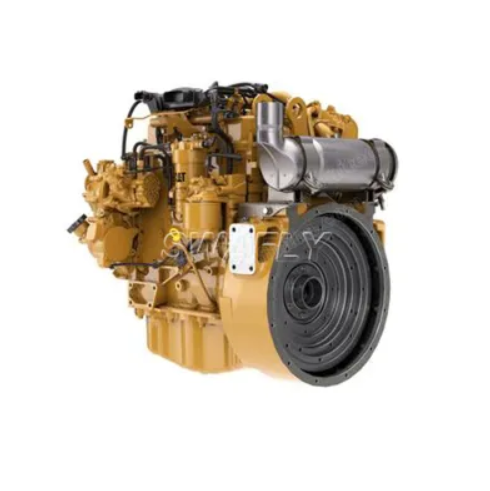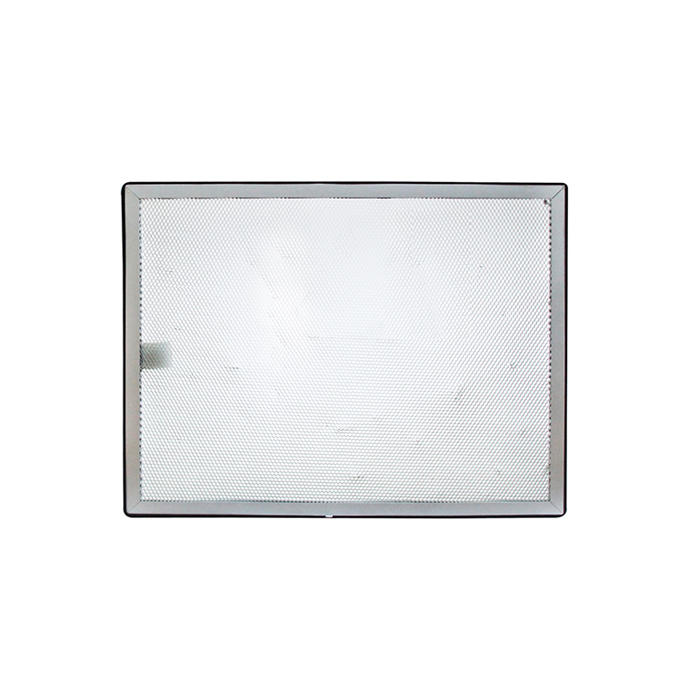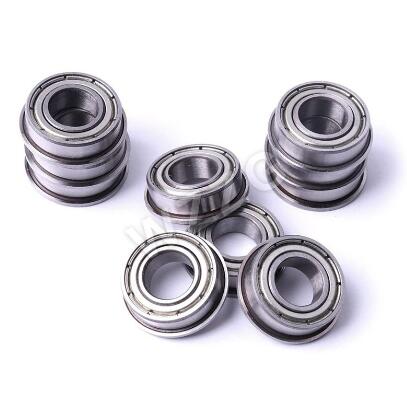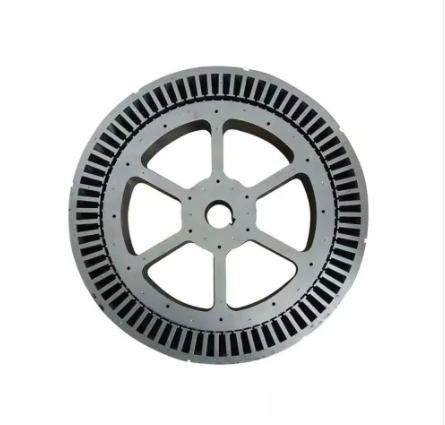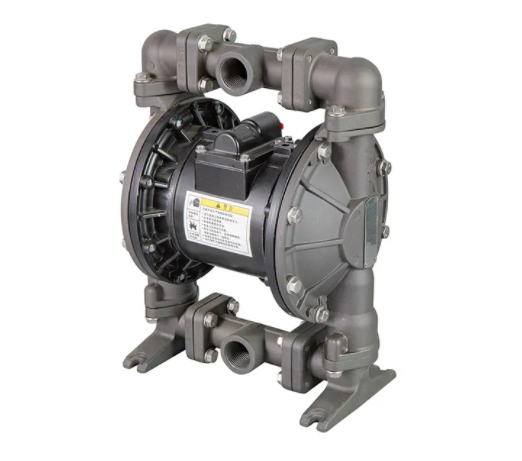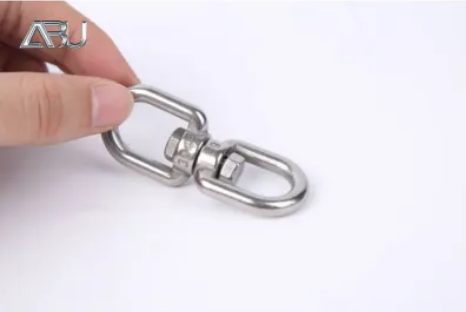Factors to Consider when Choosing Conveyor Bearings
In the world of industrial automation, conveyor systems are the backbone of efficient material handling. At the heart of these systems, conveyor bearings play a pivotal role in ensuring smooth and reliable movement of goods. In this article, we will delve into the significance of conveyor bearings, their functions, types, and the key factors to consider when selecting the right bearing for optimal performance.
The Crucial Functions of Conveyor Bearings
Conveyor bearings serve multiple essential functions in material handling systems. These functions include:
Load Support: Conveyor bearings bear the weight and load of the transported materials, ensuring smooth and stable operation. They provide support to the rotating components, such as rollers or pulleys, and prevent excessive stress on the conveyor system.
Friction Reduction: Bearings reduce friction between moving parts, minimizing energy consumption and extending the life of the conveyor system. By reducing friction, bearings enable smoother rotation, resulting in lower wear and tear and reduced maintenance requirements.
Alignment and Tracking: Proper alignment and tracking are vital for optimal conveyor performance. Conveyor bearings help maintain precise alignment of rollers or pulleys, ensuring accurate tracking of the conveyor belt. This prevents belt misalignment, reduces the risk of jams, and ensures continuous material flow.
Types of Conveyor Bearings
Ball Bearings: Ball bearings are the most common type used in conveyor systems. They consist of an outer ring, inner ring, steel balls, and a cage. Ball bearings offer low friction, high precision, and are suitable for a wide range of conveyor applications.
Roller Bearings: Roller bearings feature cylindrical or tapered rolling elements, providing higher load capacity and durability. They are commonly used in heavy-duty conveyor systems, such as mining or bulk material handling, where significant loads are involved.
See also:
What is API 6D ball valve?
What is aluminum extrusion?
What Are Oil Seal Kits Used For?
What is a piston pump used for?
Choosing the Right Cryogenic Valve for Industrial Processes
Fire-safe design in floating ball valves for enhanced safety
What is the difference between iron pipe and ductile iron pipe?Sleeve Bearings: Sleeve bearings, also known as bushings, have a simple design with a cylindrical shape. They offer low friction and are cost-effective options for light to medium load conveyor applications. Sleeve bearings are commonly used in conveyor rollers.
Factors to Consider when Choosing Conveyor Bearings
Selecting the right conveyor bearings is crucial for optimal performance and reliability. Here are key factors to consider:
Load Capacity: Assess the anticipated load and weight of the materials being transported. Choose bearings with adequate load capacity to handle the expected loads, ensuring smooth operation and preventing premature failure.
Environmental Conditions: Take into account the operating environment of the conveyor system. Consider factors such as temperature extremes, humidity, dust, and contaminants. Opt for bearings with appropriate seals or coatings that can withstand harsh conditions and provide reliable performance.
Speed and Precision: Evaluate the required speed and precision of the conveyor system. Depending on the application, select bearings with suitable capabilities for high-speed operation and enhanced precision, such as sealed or shielded options.
Maintenance and Service Life: Consider the maintenance requirements and expected service life of the bearings. Choose bearings that are easy to lubricate, inspect, and replace when needed. Bearings with longer service life can help minimize downtime and maintenance costs.
Conclusion
Conveyor bearings are integral components that ensure the smooth and efficient operation of material handling systems. By providing load support, reducing friction, and facilitating proper alignment, these bearings play a crucial role in maximizing productivity and minimizing downtime in industrial settings. Careful selection of the right bearing type, considering factors like load capacity, environmental conditions, speed, and maintenance requirements, is essential for achieving optimal conveyor performance and reliability. With the right conveyor bearings in place, businesses can streamline their material handling processes, increase operational efficiency, and meet the demands of modern-day automation.
See also:Guide to Choosing the Best Miniature Bearings
Unlocking the Power of Diesel Engines: A Comprehensive Guide
Benefits of Electric Diaphragm Pumps
What is a butterfly valve used for?
Advantages And Disadvantages of Two-shot Injection Molding
What is the investment casting process?
Investment Casting vs. Die Casting: Which Is Right for Your Application


